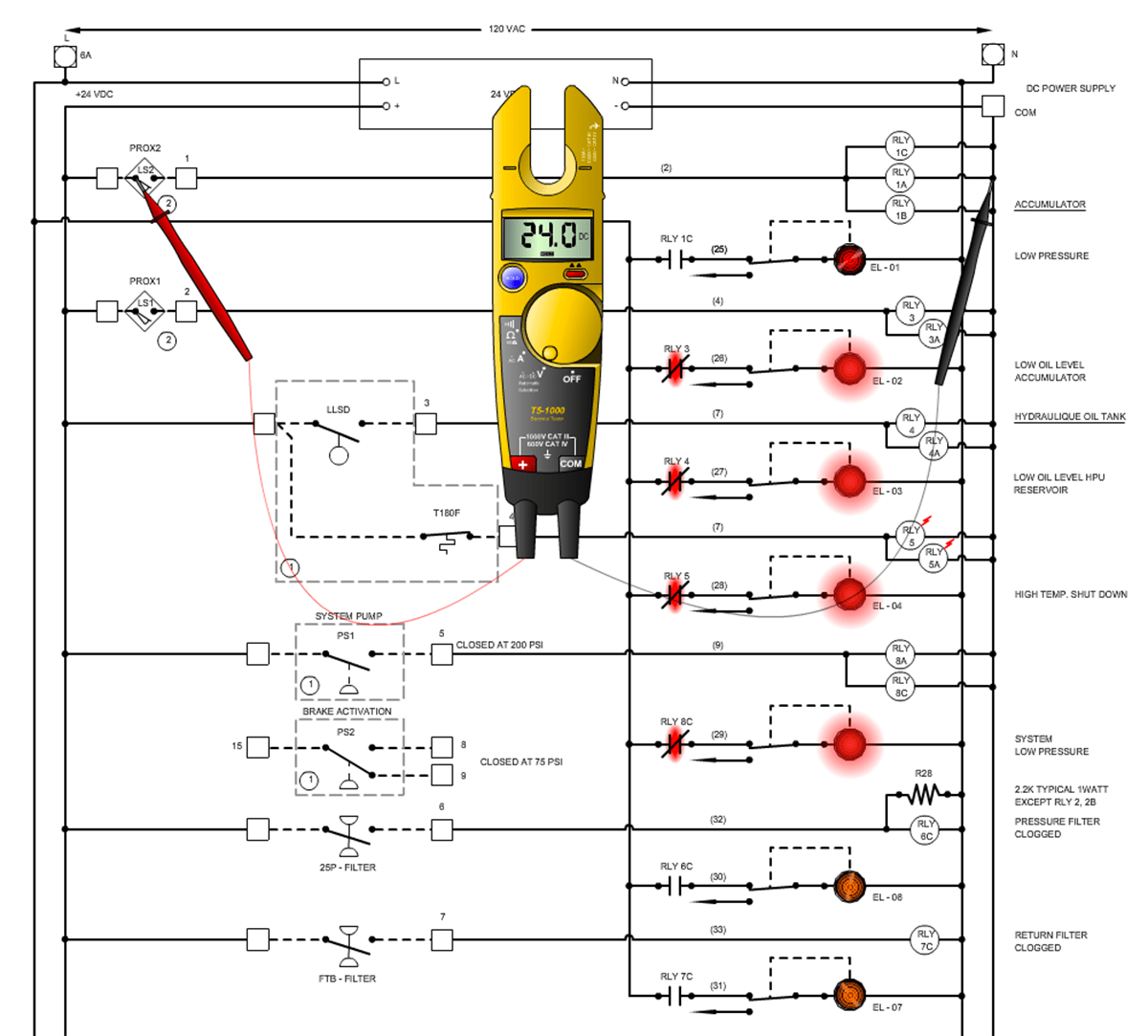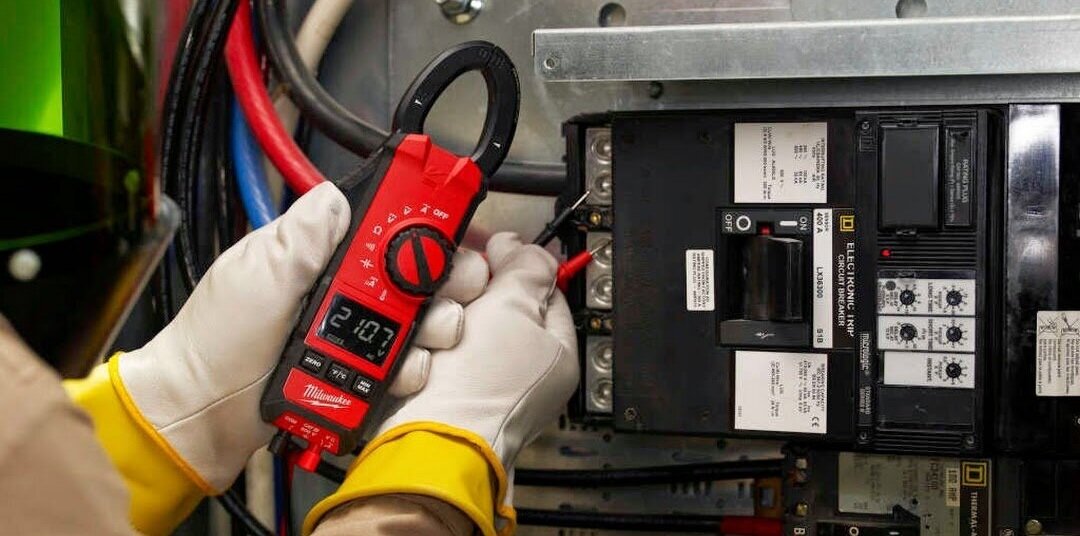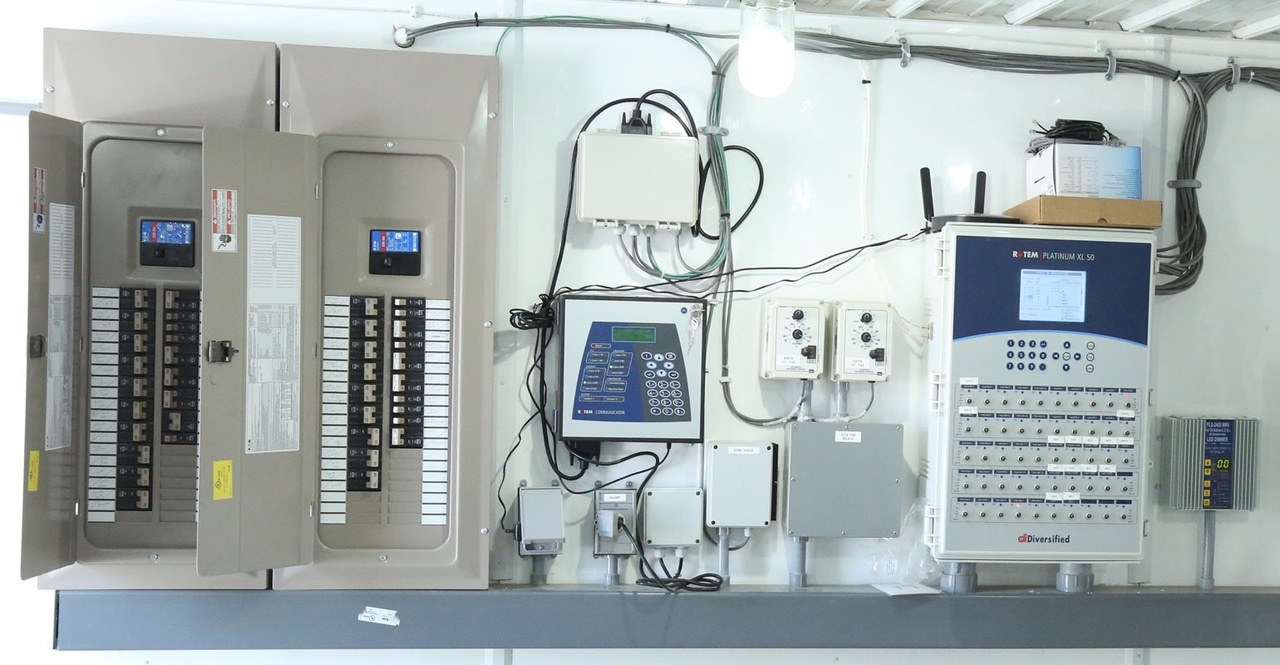Professional mechanical engineering industry support services for your business goals.
Leading Tips for Effective Electric System Troubleshooting
Repairing electrical systems needs a systematic method, grounded in a comprehensive understanding of electrical concepts and safety methods. The nuances of effective repairing expand past mere technical expertise; understanding exactly how to document searchings for and focus on safety can significantly influence results.
Understand the Fundamentals
Understanding the essentials of electric systems is vital for effective troubleshooting, as a solid structure permits technicians to identify and deal with concerns extra successfully. A comprehensive grasp of electrical principles, such as voltage, existing, resistance, and power, is essential in recognizing the origin of issues. Voltage is the electrical potential distinction that drives current with a circuit, while resistance opposes the flow of present, influencing the total capability of the system.
Familiarity with circuit parts, consisting of resistors, capacitors, diodes, and switches, is likewise vital. Each part plays an unique duty in circuit actions and can affect efficiency when malfunctioning. Additionally, understanding collection and identical circuit configurations is vital, as these arrangements affect the circulation of voltage and current within the system.
In addition, knowledge of safety and security procedures is crucial. Service technicians have to know prospective dangers, such as shock and short circuits, to execute risk-free troubleshooting techniques. By mastering these foundational concepts, professionals improve their capability to conduct effective diagnostics and repair work, inevitably resulting in improved performance and dependability of electric systems. This fundamental understanding is the keystone of effective repairing undertakings.
Gather Necessary Tools
Reliable troubleshooting of electric systems requires the right collection of tools to identify and resolve problems properly. A well-equipped technician can dramatically boost efficiency and performance in determining problems. Vital devices consist of a multimeter, which gauges voltage, current, and resistance, enabling exact assessments of electrical parts. Clamp meters are additionally useful for determining present without disconnecting the circuit, ensuring security and benefit.
Furthermore, protected hand devices such as screwdrivers, pliers, and cord strippers are critical for securely adjusting electrical links. It is also recommended to have a circuit tester accessible to verify the presence of voltage in electrical outlets and cables. For even more facility systems, a thermal imaging camera can assist discover overheating components, suggesting possible failings.

Follow a Methodical Method
Having collected the suitable tools, the next step in fixing electric systems is to comply with a methodical strategy. A systematic technique makes certain that professionals can identify mistakes efficiently and properly, minimizing downtime and avoiding unnecessary repair work.
Begin by evaluating the system's schematic layouts read more and requirements. This entails checking each part systematically, starting from the power resource and functioning towards the lots.
Use screening devices, such as multimeters and oscilloscopes, to gather unbiased information about voltage, current, and resistance at different factors within the system. This empirical evidence will certainly assist your troubleshooting initiatives and help to verify or eliminate prospective root causes of failure.
In addition, take into consideration environmental variables that may affect the system's performance, such as temperature level changes or moisture access. An extensive evaluation of wiring, links, and elements will certainly ensure that all opportunities are accounted for.
Record Your Findings
Comprehensive paperwork is necessary in the troubleshooting process of electric systems. This practice not only help in understanding the origin cause of the issue yet likewise offers as a reference for future repairing sites efforts.

Additionally, keeping a log of components changed or repair work done is important. This info supports inventory management and can aid analyze the durability and dependability of certain components.
Eventually, the paperwork procedure ought to be comprehensive yet succinct, enabling simple retrieval and evaluation - electrical system troubleshooting. By focusing on thorough documents, technicians can create a useful data base that not just help in current troubleshooting however likewise encourages future maintenance initiatives, consequently boosting total system dependability

Prioritize Security Procedures
Identifying the fundamental risks associated with electrical systems is essential for guaranteeing safety and security during troubleshooting. Electric shock, burns, and equipment damage are just a few of the potential risks that technicians face. Prioritizing precaution is not just a legal responsibility however likewise a moral essential that safeguards both the specialist and the surrounding setting.
Before beginning any kind of troubleshooting task, professionals need to don appropriate personal safety devices (PPE), consisting of protected gloves, shatterproof glass, and flame-resistant garments. Making certain that the workplace is dry and free of mess can dramatically decrease the danger of crashes. It is necessary to de-energize circuits prior to beginning any type of job, validating that they are not live with the use of a multimeter or voltage tester.
Establishing clear interaction methods with team participants is likewise vital; this guarantees that everyone is aware of prospective hazards and the condition of the electrical system our website being worked with. Having an emergency situation response plan in area can prove vital in the occasion of an event. By prioritizing precaution, professionals can effectively mitigate risks and foster a much safer work environment.
Final Thought
Effective electric system troubleshooting relies upon a thorough understanding of fundamental principles and a methodical method. By collecting important tools, adhering to organized evaluation strategies, and diligently documenting findings, the repairing process ends up being much more effective and reliable. Focusing on precaution guarantees the wellness of people entailed and the integrity of the electric system. Applying these techniques will certainly improve the repairing experience, causing quicker resolutions and enhanced operational efficiency in electric systems.